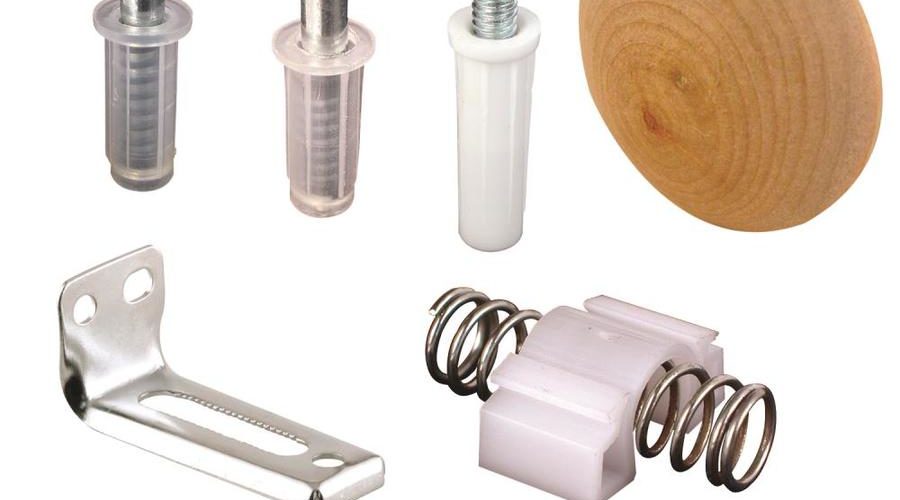So, you want to install a closet door? Perhaps you’re looking for more information on closet door styles, or you’ve come here seeking answers to your general questions about closet doors. This guide gives a good idea of the number of closet door styles available, and what you can do to make your doors durable and stylish, so they can last for decades to come.
Let’s talk a little bit about the doors themselves. Closet doors are usually made from a plywood graft, but they can be made from any number of materials. Closet doors in homes on the West Coast are usually made of a mix of sawdust and cedar, while closet doors on the East Coast are usually made of birch hardwood. Softwood closets (pine, spruce, fir) are usually easier to move, and are preferred for storing clothes over food items. Softwood and hardwood are both quite durable, but softwood does not have the same resilience as hardwood, obviously. Closet doors in the master bedroom can have mirrors, in the stead of having mirrors atop a dresser. Closet doors can also be made of metal, but metal doors are usually much more expensive than plywood ones.
There are three major types of closet doors: closet pocket doors, closet bifold doors, or closet bypass doors. Pocket doors slide to the side on a track, and are mainly used for storing hardware and heavy equipment in workshops and garages. Bi-fold doors fold outwards in a “W” shape, and fold inwards to lay flat. Bypass doors move on rollers, and slide over each other when pulled open to the side.
http://www.allaboutdoors.com/ Has a lot of information on the mechanics of each of these types of closet doors, which will be reviewed in this article. Check out their closet door hardware section to get a visual illustration of what sort of parts you’ll need to make your doors work.
Bi-fold doors work on a series of spring pivots, in order to make the door collapse when opened. The pivots slide and turn over a metal track installed above the door, and collapse to the right when opened. These are the ideal doors for food pantries and closets. Bi-fold doors are the least expensive doors, but also the most complicated to install. They require more parts than any other closet door type, and require a bit of maneuvering getting the door in place. Installing a bi-fold is definitely a two person job. It is suggested that you drill the door track into place, but using metal-bonding epoxy glue to set the track in place is highly recommended.
Bypass doors are more expensive than bi-fold doors, but are slightly easier to install. The same sort of tracks can be used that you would use with bi-fold doors, but bypass doors move on rollers. These rollers can be side-mounted, top-mounted, or bottom-mounted. Bumpers are installed on the doors to protect the wood, and to prevent the doors from getting stuck. If you’re having trouble getting the rollers to set in the track, apply a bit of WD-40, and gently push the rollers to snap into the track. Once the rollers have set, you should then install an aluminum guide with a bracketed tip. The doors should roll smoothly over the track without creaking.
Pocket doors slide on a four-wheel cox box. The cox box should be set on a top-mounting bracket. The four wheels should be on the outside of the track, gliding soundlessly across the outside of the metal. Most of the pocket door assembly kits come with replacement wheels, because the four-wheel box is usually made of hard plastic, and is susceptible to fracturing from frequent and rough use. Make sure that the wheels are always on the outside of the track, and that the metal prod in the middle of the box is properly set in the middle of the track. Pocket doors are more fragile than the other two types of closet doors, so be careful when you are installing the four-wheel box.
Aside from these common designs, there are many more unique closet designs that are available. These three basic closet door types are the most common in new homes.
Related Posts



